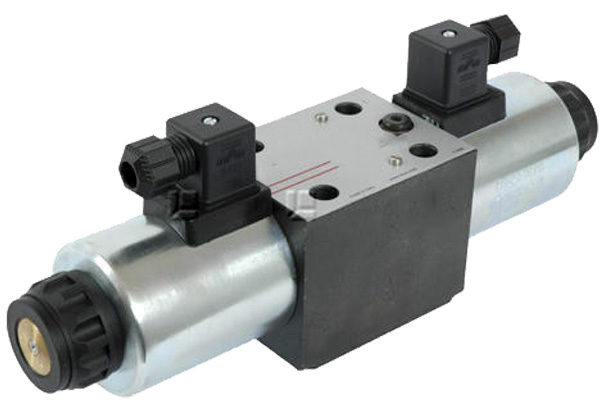1.5 inch butterfly valve
Understanding the 1.5-Inch Butterfly Valve A Comprehensive Guide
Butterfly valves are critical components in various industrial applications, serving as efficient devices for regulating flow in piping systems. Among the many sizes and types available, the 1.5-inch butterfly valve stands out due to its versatility and ease of installation. This article aims to delve into the design, functionality, applications, and advantages of the 1.5-inch butterfly valve, demonstrating why it is a preferred choice for many engineers and operators.
What is a Butterfly Valve?
A butterfly valve is a quarter-turn rotational valve that uses a circular disc to control the flow of fluid. It is named for the way the disc resembles a butterfly, which opens or closes as it pivots around a central axis. The core advantage of this design is that it allows for quick and efficient operation—only a 90-degree turn is required to fully open or close the valve.
Design and Features of the 1.5-Inch Butterfly Valve
The 1.5-inch butterfly valve typically features a compact and lightweight design, making it ideal for both high-pressure and low-pressure systems. Key components include
- Disc This is the most crucial part of the valve. Typically made from materials like stainless steel or PVC, the disc's choice often depends on the fluid being controlled. - Body The valve body can be constructed from various materials, including ductile iron, fabricated steel, or plastic, to ensure compatibility with different fluids and environments. - Actuator Butterfly valves can be operated manually or with a pneumatic or electric actuator, depending on the application needs. - Sealing Elements Most 1.5-inch butterfly valves come equipped with elastomers or metal seals, providing tight shut-off and preventing leakage.
Functionality and Operation
The operation of a butterfly valve is straightforward. When the handle or actuator is turned, the disc rotates, aligning with or opposing the flow direction. This quarter-turn operation facilitates quick valve response, making it especially useful in applications where speed is a priority. The design also minimizes pressure drops, allowing for the smooth passage of fluids while maintaining system efficiency.
Applications
1.5 inch butterfly valve

1. Water Treatment Plants 1.5-inch butterfly valves are commonly used in water treatment facilities to regulate the flow of water and chemicals. 2. HVAC Systems In heating, ventilation, and air conditioning systems, these valves help control airflow and maintain optimal temperatures.
3. Food and Beverage Industry The hygienic design and easy cleaning capabilities make the 1.5-inch butterfly valve a popular choice in the food and beverage sector.
4. Chemical Processing Their ability to handle corrosive fluids makes them suitable for chemical processing plants where chemical flow regulation is vital.
5. Irrigation In agricultural applications, 1.5-inch butterfly valves can efficiently control the flow of water in irrigation systems.
Advantages of Using a 1.5-Inch Butterfly Valve
- Space-Saving Design The compact nature of the 1.5-inch valve allows it to be installed in tight spaces, making it suitable for various applications. - Lower Costs Compared to other valve types, butterfly valves generally offer a more cost-effective solution for flow control, especially in smaller sizes. - Easy Installation and Maintenance The simpler design translates into easier installation processes and less time spent on maintenance.
- Versatility With a range of materials and configurations available, the 1.5-inch butterfly valve can be adapted to suit diverse applications from potable water to industrial chemicals.
- Efficient Flow Control They maintain a consistent flow rate while minimizing pressure drops, which can enhance the overall efficiency of a fluid system.
Conclusion
The 1.5-inch butterfly valve is an exceptional choice for numerous industrial applications, blending efficiency with cost-effectiveness. Its easy operation, versatile design, and ability to handle different fluids make it a staple in sectors ranging from water treatment to food processing. As industries continue to evolve and require more efficient flow solutions, the butterfly valve's role will undoubtedly remain significant, proving that even small components can make a substantial impact on system performance.
-
The Key to Fluid Control: Exploring the Advantages of Ball Valves in Industrial SystemsNewsJul.09,2025
-
The Versatile World of 1, 2, and 3 Piece Ball ValvesNewsJul.09,2025
-
Stainless Steel Ball Valves: The Ideal Choice for Efficient Flow ControlNewsJul.09,2025
-
Optimizing Fluid Control with Ball Float ValvesNewsJul.09,2025
-
Manual Gate Valves: Essential for Control and EfficiencyNewsJul.09,2025
-
Everything You Need to Know About Butterfly ValvesNewsJul.09,2025
-
The Versatility of Wafer Type Butterfly ValvesNewsJul.08,2025




